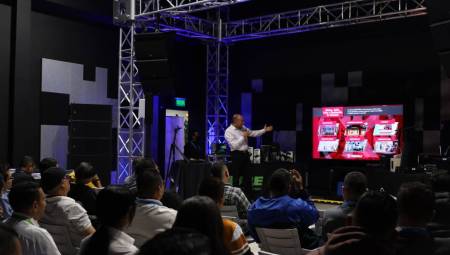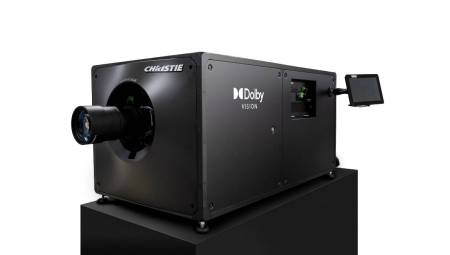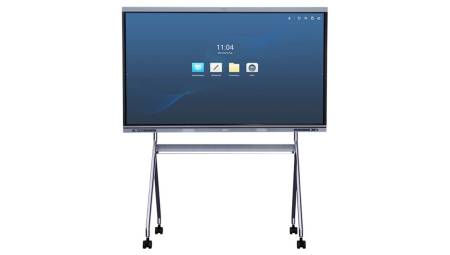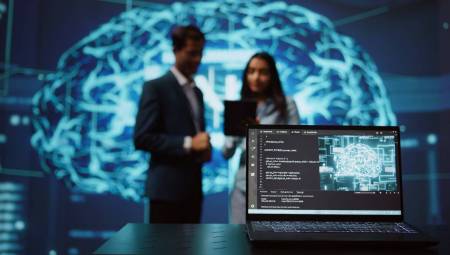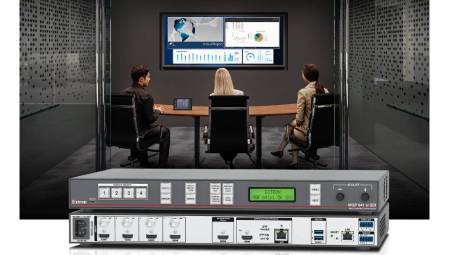 Mexico. It is not just for fans, it is for journalists and fans who accompany athletes, players and athletes in stadiums, training and competitions. Through devices such as accelerometers, heart rate sensors and even GPS (Global Positioning System) systems, the sport has gained advanced statistics and information that are shared to improve the performance of its players and to value the equipment itself.
Mexico. It is not just for fans, it is for journalists and fans who accompany athletes, players and athletes in stadiums, training and competitions. Through devices such as accelerometers, heart rate sensors and even GPS (Global Positioning System) systems, the sport has gained advanced statistics and information that are shared to improve the performance of its players and to value the equipment itself.
Big clubs are using the resource of Big Data to prepare tactics and strategies, apart from analyzing other teams and their main players. Statistics are also very useful for administrators, who add value to their reports and create real "super teams", by considering by their analyses the individual performance of athletes in their best form.
The FIFA World Cup, held in Brazil in 2014, is a good field to evaluate this new scenario. The German team, which was consecrated the great champion of the competition, used the resources of Big Data, in addition to its excellent cast. One of these systems, developed by the also German SAP, allowed the team to analyze numerous data from training and games, and thus improve the performance of the team.
The solution called Match Insights, was developed in partnership with the Deutscher Fussball-Bund (DFB), the German football confederation, analyzed and processed data from a game or even a training. The information generated evaluates data such as: indicating what each of the team has to do in training or playing, tactical organization, accuracy of the throws, mastery of the ball and distribution of passes.
Another triumph used by the German team was the miCoach system, from Adidas, which performed physiological monitoring, collecting and transmitting information from the athlete, including heart rate, distance, speed, acceleration and power, then, for example, these measurements are displayed on a mobile device. With the data in hand, coaches and physical trainers have a deep analysis of each athlete, both on the field and biologically. The data can be used to prevent, for example, situations in which the player will need a break.
Among other systems, those that use the Global Navigation Satellite System (GNSS) and GPS stand out. Both are widely used to monitor dislocations and movements of athletes. Those tracking devices obviously rely on satellites, but manufacturers also have their own local positioning systems, such as the ClearSky, which can be installed around stadiums and in training centers. GnSS systems have as their main reference the Australian company Catapult Sports. The monitoring and data transmission mechanism can be installed on the athlete's back, latched onto a belt or even a stronger compression jacket, which is worn under the uniform.
GPS is also used by the Catapult Sport under the name GPSport. The system performs sophisticated performance monitoring that incorporates GPS tracking with heart rate. That group has already worked with more than 450 teams around the world, and among its clients was also the Brazilian team itself.
All of the tracking device systems mentioned are located in an electronic performance category called the Tracking System (EPTS). Currently its use, which was previously restricted to training, was already released by FIFA also for matches from 2015. It is the role of each association, league or competition to offer the option of using or restricting the EPTS mechanism.
FIFA has been taking some steps in order to regulate the use of those tools. An example is the authorization of the use of special equipment by soccer athletes such as Ali Krieger, from the United States, and Peter Cech, who use a protective helmet composed of high-stress fibers and an acceleration meter for ballistic crash protection. By means of the technology used, Krieger's helmet disperses the energy of the impact of a single point of the head for the entire limb.
Another tool used by FIFA and also by UEFA (Union of European Football Associations) and Matris, of the Italian company Deltatre, is the one that provides a set of data in real time, such as heat maps, passes and distances traveled. Although it is a technology already used a few years ago, it is increasingly diversified and detailed by new systems. UEFA makes available on its website, for example, a list of statistics of players, clubs, groups and other information.
They are not only software that are required in that environment. Specialists, professionals who know how to get the best out of these tools, are also valued in the market. This is the case of the Five Thirty Eight portal, associated with ESPN (channel specialized in sports). In 2014, editor Benjamin Morris published an extensive article in which he argued with precision and details why Lionel Messi was the best player in the world.
The specialist analyzed thousands of statistical data of Barcelona games (Messi's team) and also games of the Argentine national team and presented elements that showed that the player showed a superiority and incredible efficiency in shots outside the area, plays and assists, which gave him advantages also in the number of goals scored. The second placed in the analysis of that Morris article was Cristiano Ronaldo, who was far behind Messi.
Morris currently perceives a greater interest in the analysis coming from Big Data, either by the teams, their administrators or even betting agents, as well as by the company itself and the general public. There is no more room for skepticism. The use of Big Data in sport is real and is in full expansion.
Text written by Comstor, one of the leading wholesalers of Cisco equipment.






